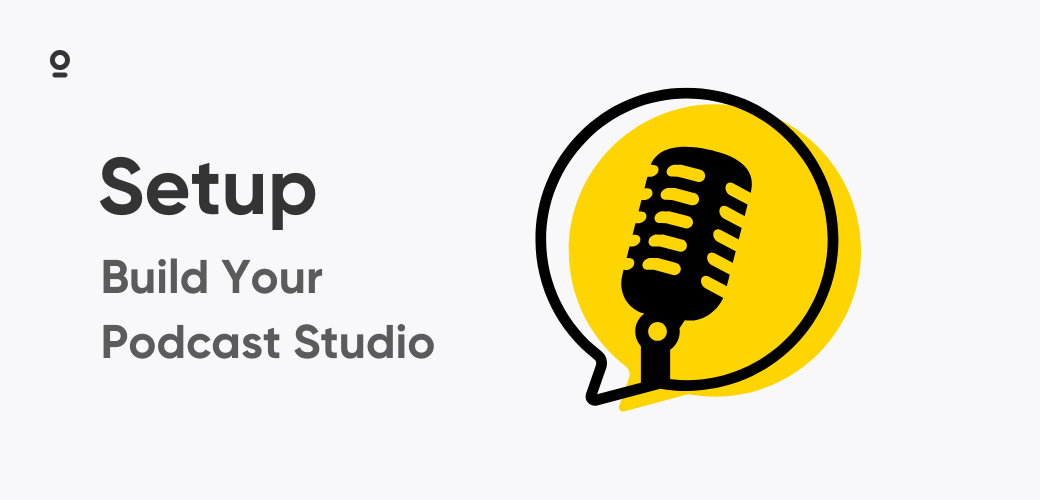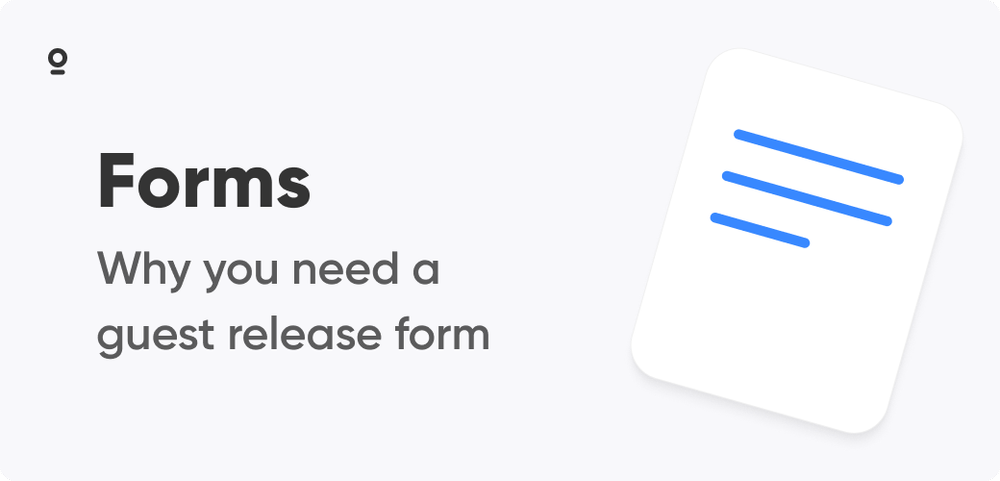Starting a podcast is an exhilarating journey of creativity and connection. But before you can share your voice with the world, you face the first, often paralyzing, hurdle: choosing your equipment. The sheer volume of options, technical jargon, and conflicting reviews can create an anxiety that stalls a great idea before it even begins. This guide is your solution. We're cutting through the noise to provide a clear, practical roadmap to the best podcast gear for your specific needs and budget, focusing on value and performance so you can invest with confidence and get back to what matters most—creating.
The Microphone: Your Voice's Home
Your microphone is the single most important piece of gear in your setup. It's the gateway between your voice and your listener's ears. Our podcast mic recommendations are broken down by common creator stages, ensuring you get the best possible sound for your budget.
The Under-$100 Starters
You don't need to break the bank to sound great. USB microphones like the Audio-Technica AT2100x-USB or the Samson Q2U are fantastic entry points. They are "dynamic" microphones, which are excellent at rejecting background noise, and offer both USB (for plugging directly into your computer) and XLR (for future upgrades to an interface) connections.
The Mid-Tier Workhorses
For creators ready to level up, microphones like the Rode Procaster or Shure MV7 offer a significant jump in audio warmth and clarity. These are the go-to choices for podcasters who want professional, broadcast-quality sound that will serve them for years.
The Pro-Level Investment
When sound quality is non-negotiable, microphones like the Shure SM7B or the Electro-Voice RE20 are industry standards for a reason. They deliver the rich, detailed vocal tone heard on top podcasts and radio shows. A great microphone is a smart investment, and Zencastr protects that investment. Our platform records each guest's audio locally, so internet glitches and compression artifacts never ruin your pristine audio.
Do You Need an Audio Interface or Mixer?
As you browse gear, you'll encounter audio interfaces and mixers. In simple terms, these devices allow you to connect professional XLR microphones to your computer and give you more control over your sound.
- An Audio Interface (like the Focusrite Scarlett 2i2) is perfect for podcasters using one or two XLR mics. It converts the microphone's analog signal into a digital signal your computer can understand.
- A Mixer (like the Rodecaster Pro II) is for creators who need to manage multiple microphones and other audio sources (like sound effects or call-in guests) simultaneously.
The Bottom Line: If you're starting with a USB microphone, you don't need one. If you're upgrading to an XLR mic or planning a multi-person in-studio show, an interface or mixer is an essential next step.
The Best Podcast Gear for Video-First Creators: Cameras
Video is transforming podcasting, and platforms like YouTube are major discovery engines. Choosing the right camera ensures your visual presentation matches your audio professionalism. These podcasting cameras are great options for any setup.
High-Quality Webcams
Forget the grainy, built-in laptop camera. Modern webcams like the Logitech C920s Pro or the Razer Kiyo Pro deliver sharp, 1080p video that is perfect for streaming and recording. They are the easiest and most cost-effective way to produce a high-quality video podcast.
Mirrorless Cameras
For a truly cinematic look with that beautiful, blurry background (known as "bokeh"), a mirrorless camera like the Sony ZV-E10 or Canon EOS M50 Mark II is the ultimate upgrade. They offer superior image quality, interchangeable lenses, and far better performance in low light. Investing in great podcasting cameras is smart, but a poor internet connection can ruin the final product. Zencastr solves this by also recording video locally from each participant—in up to 4K resolution. Your investment is protected because the final recording quality is dependent on the camera, not the stability of your Wi-Fi.
Podcasting Lighting: The Silent Partner in Professionalism
Good lighting is the secret weapon of professional-looking video. It separates a flat, amateurish shot from a dynamic, engaging one. You don't need a Hollywood budget to achieve great podcasting lighting; a simple three-point setup is the gold standard.
The Three-Point Lighting Setup
- Key Light: Your main, brightest light, placed to one side of the camera.
- Fill Light: A softer, less intense light on the opposite side to "fill in" shadows.
- Back Light (or Hair Light): A light placed behind you to separate you from the background, adding depth.
Lighting Solutions
- DIY Solutions: A large window can be a great key light. A simple desk lamp with a white sheet over it can act as a fill light.
- Product Solutions: An LED ring light is a popular, all-in-one solution that acts as both a key and fill light. For a more professional and versatile setup, a kit with two softbox lights is an affordable and highly effective option.
The Complete Studio: Essential Accessories
With your microphone and camera sorted, a few key accessories will complete your setup, enhancing both functionality and professionalism. This is where you find the best podcast gear to tie everything together.
Must-Have Accessories
- Headphones: Use closed-back headphones (like the Sony MDR-7506) to monitor your audio as you record. This prevents your microphone from picking up the sound from your speakers, which causes echo and feedback.
- Pop Filter/Windscreen: This simple device attaches to your mic to soften the harsh "p" and "b" sounds (plosives) that can distort your audio. It's a small, inexpensive item that makes a huge difference.
- Boom Arm: A boom arm clamps to your desk and allows you to position your microphone perfectly, freeing up desk space and absorbing any bumps or vibrations. It's a key part of an ergonomic and professional studio. A well-organized space, complete with a deliberate backdrop for podcast recording, signals to your audience that you take your content seriously, which can be a crucial factor in building a loyal following for a narrative, serialized podcast.
Gear Unlocks Creativity
Navigating the world of podcasting equipment can feel complex, but it doesn't have to be. The goal is simple: find the tools that remove friction between your idea and your audience. The best podcast gear for you is the gear that makes recording feel effortless, allowing your passion and personality to shine through. It's about building a setup that you can rely on, episode after episode.
Once you have your gear, Zencastr is the final piece of the puzzle. It's the integrated platform where your high-quality audio and video come together seamlessly. With studio-quality local recording, A.I.-powered post-production tools, and seamless hosting and distribution, you can produce and publish your podcast all in one place. Ready to make your great gear shine? Start your free Zencastr trial today and learn how to promote a podcast to find your first listeners.







